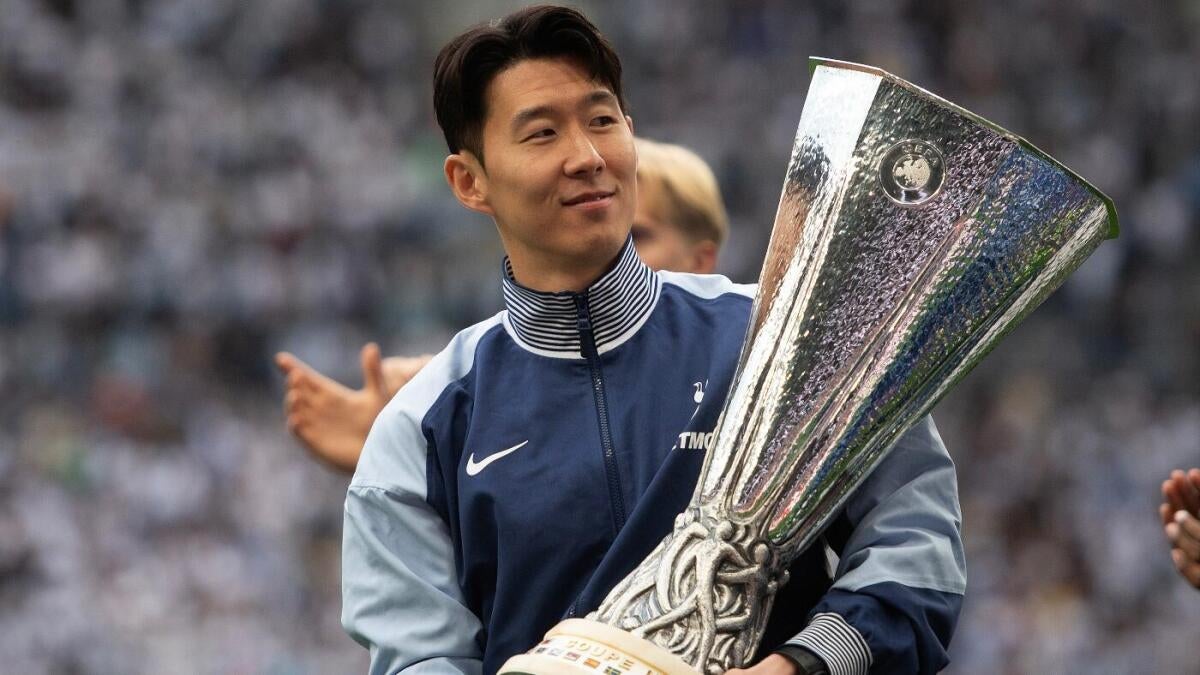The Strategic Dismissal of Cordarrelle Patterson: A Comprehensive Analysis
Introduction: A Sudden Departure
The Pittsburgh Steelers’ decision to release Cordarrelle Patterson after just one season has sparked considerable debate among fans and analysts alike. Patterson, a versatile player known for his dynamic playmaking abilities, was brought in to bolster the Steelers’ special teams and provide an additional offensive dimension. However, his tenure in Pittsburgh was short-lived, raising questions about the team’s strategic vision and Patterson’s fit within the organization. This analysis explores the multifaceted reasons behind Patterson’s release, his impact on the Steelers, and the potential implications for both the player and the team.
The Patterson Experiment: A Mixed Bag
Special Teams: A Promising Yet Underwhelming Performance
Patterson’s primary role with the Steelers was as a kick returner, a position where he had previously established himself as one of the best in the NFL. However, his performance in Pittsburgh did not live up to expectations. While he provided a reliable presence in the return game, he failed to produce the explosive plays that had become his trademark. The absence of a game-changing return significantly impacted the Steelers’ special teams unit, which had hoped to gain an edge through Patterson’s expertise.
Offensive Contributions: Limited Opportunities and Impact
On offense, Patterson’s role was even more constrained. Despite his versatility as a running back and wide receiver, he struggled to carve out a consistent role in the Steelers’ offensive scheme. His sporadic touches and limited impact on the field raised questions about his fit within the team’s offensive strategy. The Steelers’ running back depth chart, featuring Najee Harris and Jaylen Warren, made it difficult for Patterson to secure a significant role, further limiting his overall contribution.
The Fit Within the Offensive Scheme
The Steelers’ offensive struggles during the 2023 season likely exacerbated Patterson’s inability to make a significant impact. Under offensive coordinator Matt Canada, the team’s offensive scheme may not have fully utilized Patterson’s unique skill set. Patterson thrives in creative offenses that can get him the ball in space, a luxury he did not have in Pittsburgh. This misalignment between his abilities and the team’s offensive philosophy may have contributed to his limited success.
Reasons for the Release: A Multifaceted Decision
Performance vs. Expectations
The Steelers’ decision to release Patterson was likely influenced by his overall performance relative to their expectations. While Patterson was a solid contributor, his impact did not justify his roster spot and salary. The team may have concluded that his production was insufficient to warrant his continued presence on the roster, prompting a strategic decision to part ways.
Salary Cap Considerations
Financial considerations played a significant role in the Steelers’ decision. Patterson had one year remaining on a two-year, $6 million contract. Releasing him freed up cap space, which the Steelers can use to address other needs on the roster. In a league where every dollar counts, teams often make tough decisions to optimize their cap situation, and Patterson’s release was no exception.
Emergence of Young Talent
The Steelers may have identified younger players on the roster who they believe have the potential to contribute in similar roles. Releasing Patterson could open up opportunities for these players to gain valuable experience and develop into key contributors. This strategic move aligns with the team’s long-term vision of building a competitive roster through youth and development.
Change in Offensive Philosophy
With a new offensive coordinator in place, the Steelers could be revamping their offensive scheme and looking for players who better fit their new vision. Patterson’s skill set may not align with the new offensive coordinator’s plans, making his release a strategic decision to ensure the team’s offensive philosophy is properly executed.
Lack of Return on Investment
Patterson’s failure to make a significant impact in the return game further justified his release. The Steelers may have concluded that Patterson had lost a step and could no longer return to the level he once was. In a performance-based league, teams must make tough decisions to ensure they are fielding the most competitive roster possible.
Impact on the Steelers: Opportunities and Challenges
Special Teams Uncertainty
Patterson’s release creates a void in the Steelers’ special teams unit, particularly in the return game. The team will need to find a new primary kick returner, which could involve signing a free agent, drafting a player, or giving an existing player on the roster a chance to win the job. The performance of the special teams unit will be under scrutiny in the upcoming season, and the Steelers will need to address this area promptly.
Roster Flexibility
Releasing Patterson opens up a roster spot, which the Steelers can use to address other needs. They could sign a free agent, promote a player from the practice squad, or use the spot to add depth at a position of need. This flexibility allows the team to make strategic moves to improve their roster and address any weaknesses.
Opportunity for Younger Players
Patterson’s departure creates an opportunity for younger players to step up and compete for playing time. This could lead to the emergence of a new star or the development of a valuable role player. The Steelers’ commitment to youth development is evident in their decision to release Patterson, and the team will be eager to see how their younger players respond to the increased opportunities.
Patterson’s Future: A Veteran with Value
Despite his age, Cordarrelle Patterson still has value in the NFL. His experience, versatility, and special teams prowess make him an attractive option for teams looking to add depth and a spark to their return game.
Potential Landing Spots
Teams that need help in the return game and are looking for a veteran presence could be interested in signing Patterson. Teams with creative offensive schemes that can utilize his unique skill set could also be a good fit. Patterson’s ability to contribute in multiple roles makes him a versatile addition to any roster.
Continued Special Teams Role
Patterson is likely to continue to focus on special teams. He has established himself as one of the best kick returners in NFL history, and he can still contribute in that role. His expertise and experience make him a valuable asset to any special teams unit.
Mentorship Role
Patterson could also serve as a mentor to younger players. He has a wealth of experience and can share his knowledge and expertise with the next generation of NFL players. His mentorship could be invaluable to teams looking to develop their younger talent and build a competitive roster for the future.
Conclusion: A Calculated Risk or a Missed Opportunity?
The Pittsburgh Steelers’ decision to release Cordarrelle Patterson is a calculated risk. While Patterson brought experience and versatility to the team, his overall impact may not have justified his roster spot and salary. The Steelers are likely hoping that the move will free up cap space, create opportunities for younger players, and allow them to address other needs on the roster. However, there is also a risk that the Steelers will miss Patterson’s contributions, particularly in the return game. Only time will tell whether this decision proves to be a shrewd move or a missed opportunity. The Steelers’ strategic vision and ability to adapt to changing circumstances will be crucial in determining the success of this decision.












